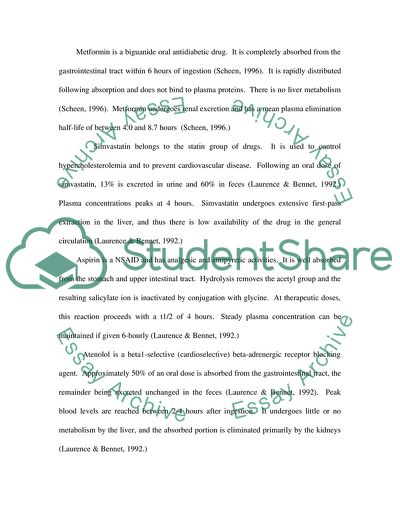Cite this document
(The Impact of the Clients Biochemical Results Assignment, n.d.)
The Impact of the Clients Biochemical Results Assignment. https://studentshare.org/health-sciences-medicine/1713183-disease-managament-control
The Impact of the Clients Biochemical Results Assignment. https://studentshare.org/health-sciences-medicine/1713183-disease-managament-control
(The Impact of the Clients Biochemical Results Assignment)
The Impact of the Clients Biochemical Results Assignment. https://studentshare.org/health-sciences-medicine/1713183-disease-managament-control.
The Impact of the Clients Biochemical Results Assignment. https://studentshare.org/health-sciences-medicine/1713183-disease-managament-control.
“The Impact of the Clients Biochemical Results Assignment”. https://studentshare.org/health-sciences-medicine/1713183-disease-managament-control.


